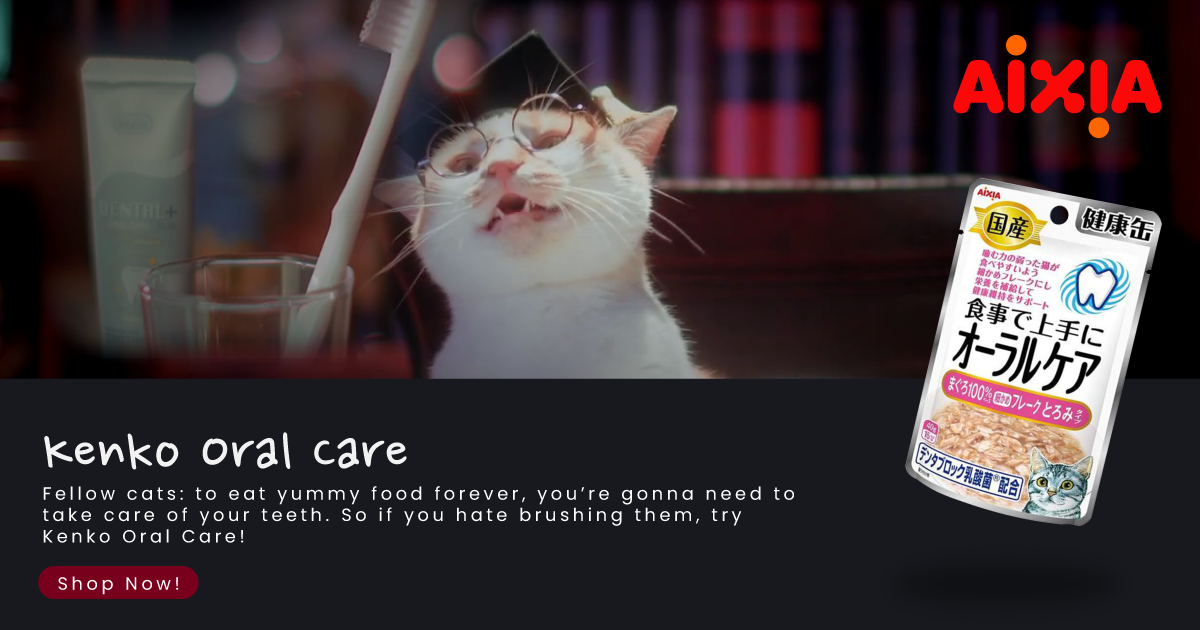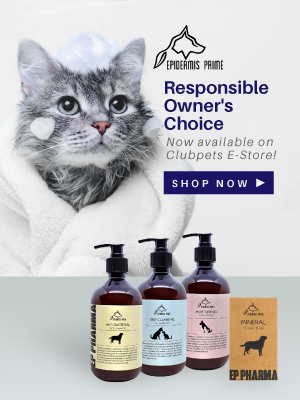Hairballs: The Beginner’s Guide To Unpacking This Phenomenon

Any cat owner will know that it’s a pretty common phenomenon to watch your feline cough up a hairball — especially for those cats that are more fastidious in nature when it comes to their grooming habits.
However, while it is normal — frequent vomiting and overly large clumps of hairball can be life-threatening to a cat. When a hairball remains in the stomach or gets tightly lodged in the small intestine even, the situation can become even direr.
Hence, as a fur parent, it’s always important to equip yourself with the necessary knowledge pertaining to your cat’s health and safety. Read on to know more about hairballs and how you should look after your beloved feline.
Causes of Hairballs
Grooming
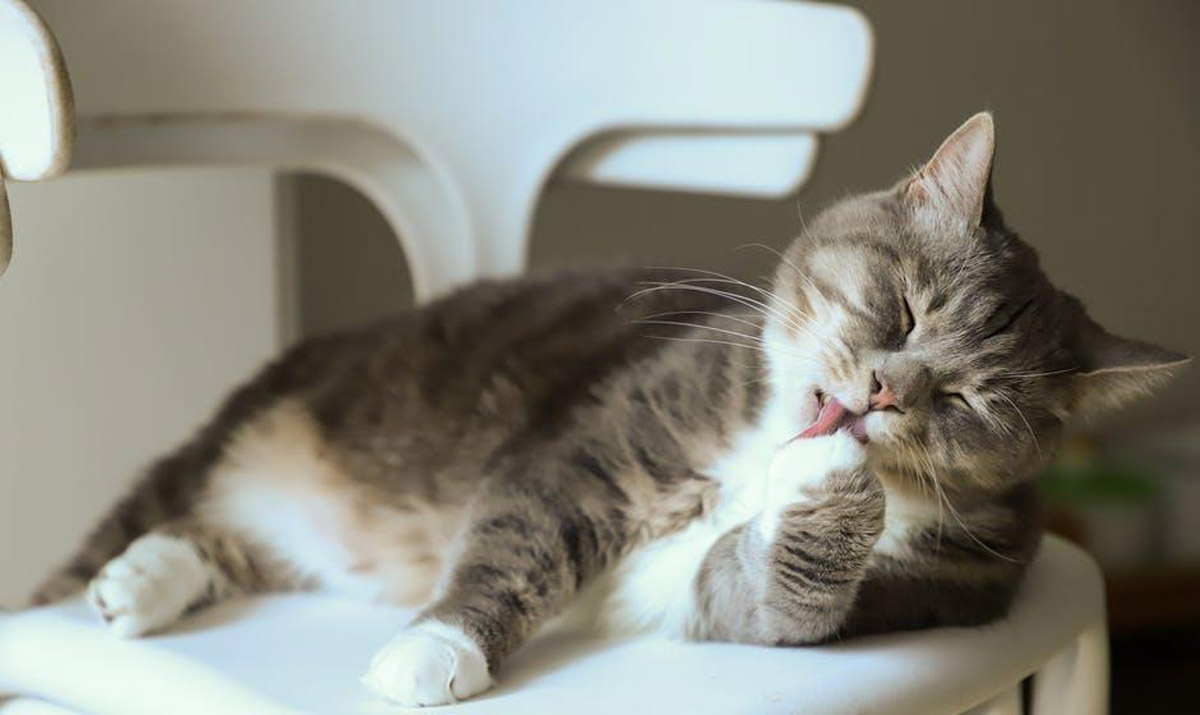
Source: Cats Coming on Pexels
While your feline is licking itself clean, loose hairs will get stuck on the rough ‘hooks’ of its tongue. Most of the hair caught on these hook-like structures their tongue would naturally be ingested by the cat, making its way down its throat and eventually, into its digestive tract.
However, with that being said, not all hair will make its way into the digestive tract. A fair quantity might travel down the oesophagus and into the stomach and remain there. Over time, these hairs will then start to accumulate there, and grow to become a slimy hairball. Hence naturally as with any digestive obstruction, this will trigger a reflexive action in the cat to vomit the hairball out to get rid of it.
Diet

While grooming has a major role to play — so does its diet. With a well-rounded and nutritious diet, your feline’s digestive system should be capable of passing the loose hairs that they swallow easily, thereby reducing the formation of hairballs.
Particularly, a cat’s diet should be focused on getting sufficient moisture. Hence, the need to ensure your cat receives a good mix of wet food together with their dry food along with ample hydration daily is key. If the task of mixing wet food and dry food for every meal presents too much of a hassle, consider opting for wet food options via an online pet shop to ease the food preparation process a little. Alternatively, seek appropriate advice or suggestions from your local vet. These vets will be able to provide you with a more comprehensive diet and nutrition plan for your cat given their understanding of your cat’s medical history. Surely with their professional help, the issue of hairball regurgitations would be minimised.
Hairball-Prone Breeds
Now that we’ve addressed the general formation of hairballs, let’s move on to more interesting factors attributing to regular hairball regurgitations.
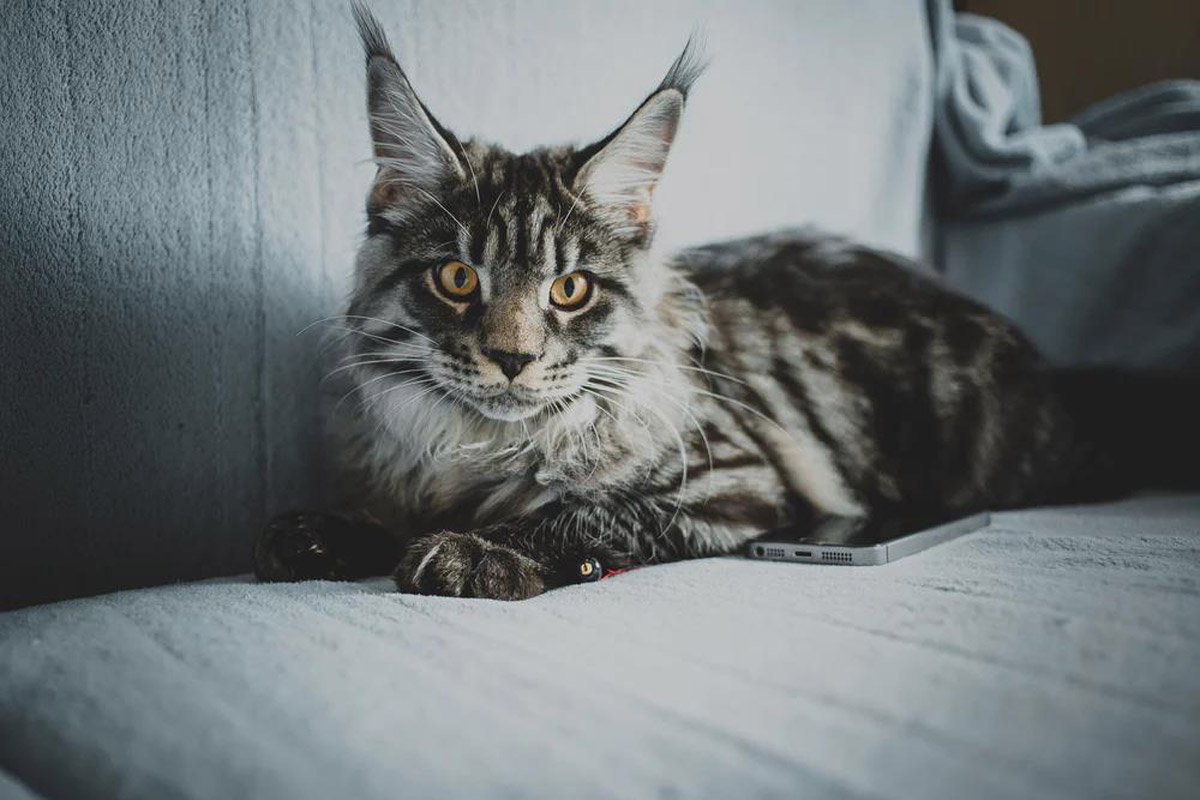
Maine Coon
Source: Sergei Wing on Unsplash

Persian Cat
Source: Omid Armin on Unsplash
For starters, long-haired cats like Maine Coons and Persian cats are more prone to getting regular hairballs. Given their luscious fur coat, they naturally produce more loose hairs.
Meanwhile, cats with anxiety will also suffer from regular hairballs because they’ll have a tendency to overgroom. As consequence, this leads to more ingestion of loose hairs and thereby contribute to higher occurrences of hairballs.
In contrast, kittens are less predisposed to developing hairballs because, at their tender age, their mom will still mostly be responsible for their grooming. However, as they grow older, they’ll naturally learn and begin partaking in self-grooming sessions more frequently and eventually develop the self-grooming habit themselves over time.
Symptoms of Hairballs
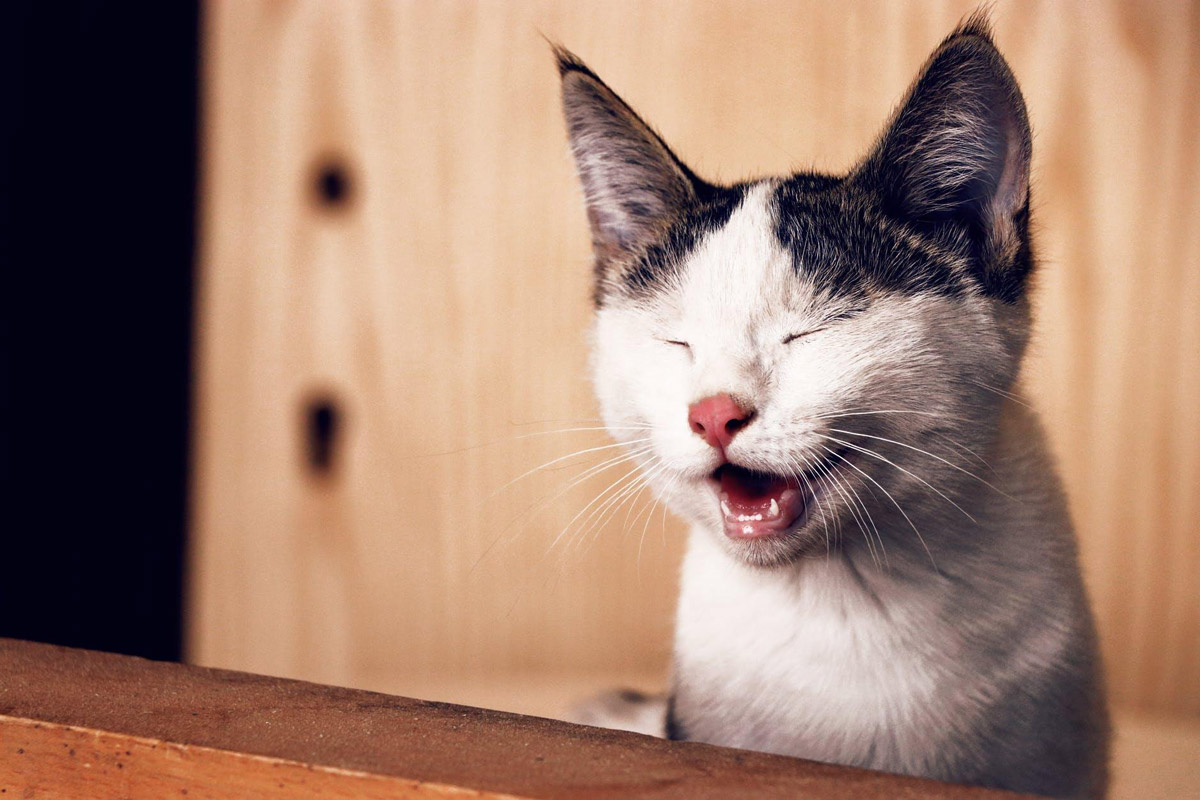
Source: Amir Ghoorchiani on Pexels
Moving on to the actual crux of the matter: hairball regurgitation. It’s often frightening for cat owners to witness their poor cats retching out an unsightly hairball. New cat owners might be alarmed initially since they’re unfamiliar with the situation. Gradually though, they’ll learn to recognise the symptoms the more it occurs.
Nevertheless, here are some precursor symptoms signalling the onset of a hairball regurgitation:
- Gagging,
- retching,
- coughing,
- and hacking.
While these are fairly common symptoms, owners should be sensitive and observant of the severity of them. Depending on the intensities, these symptoms could complicate into more grave symptoms such as:
- Ongoing gagging, vomiting, and retching without the action producing a slimy hairball
- Lack of appetite
- Lack of sleep or sleepiness without being able to sleep
- Diarrhoea or constipation
If your cat shows any of the above symptoms, take them to a local vet in Singapore, for immediate treatment. This is because these symptom complications usually point towards a potentially serious blockage caused by a dislodged hairball within your cat’s digestive system. If left untreated, the blockage can definitely become life-threatening.
Treatments

Regarding the frequency of hairballs: if it’s a regular occurrence for your furkid to cough up hairballs, it may be time to contact a vet. Some experts claim that a disgorged hairball once a week or fortnightly is acceptable while others claim that hairballs should only be an annual affair.
Whichever the case may be for your feline, developing hairballs more than once a week is definitely an issue and should be addressed immediately. A high frequency could potentially point to an underlying health problem.
Otherwise, if consulting vets are not an option, you can consider a few remedies and treatments instead as shown below:
– Over-the-Counter (OTC) hairball diets: Some cat food formulas have proven to help prevent and/or control hairballs. Generally, these diets are high in fibre and help ensure the gastrointestinal (GI) motility[1] is normal.
– Laxatone: An delectable oral gel that helps to bind hair in the stomach, facilitating hair to pass through your feline’s GI tract easier.
– Prescription diets: If you notice that your cat is experiencing difficulty letting out hairballs, consulting a vet for diet suggestions involving food additives or a prescription diet may help with the situation.
Prevention Methods

However, before resorting to using treatments to resolve a recurrent hairball issue — try preventing the issue in the first place. After all, prevention is better than cure. Hence, we have compiled a few ways below for you to try out:
- Daily grooming: Frequent grooming like brushing and/or combing your cat’s coat helps remove loose hair and reduces the amount of hair your feline consumes. You could opt to groom your felines yourself or consider mobile pet grooming services within your area if you prefer enlisting the help of a professional instead.
- Discourage overgrooming: Train your furkid to immerse themselves in another enjoyable activity instead of constantly licking their coat. By learning to distracting with a new toy or even with you, it helps keep them occupied and satisfied! Over time, this teaches them to be less inclined on overgrooming.
- Small meals: Instead of one or two large meals each day, feed several small meals instead to avoid hair accumulation in the GI tract.
While acknowledging that hairballs are a common occurrence, everything should happen in moderation. Always be alert and extra careful with regards to hairball accumulation.
A lot of cat owners tend to overlook and dismiss its frequency because they assume it’s a ‘normal cat thing’. However as with anything, too much hairball production could be an indicator of an underlying detrimental health problem like GI blockages.
Keep a watchful eye over your feline and ensure that they don’t overgroom, and that they’re able pass their hairballs without any problems.
—————————
[1] Gastrointestinal (GI) motility refers to the movement of food throughout the digestive system (starting from mouth and ending at anus).

